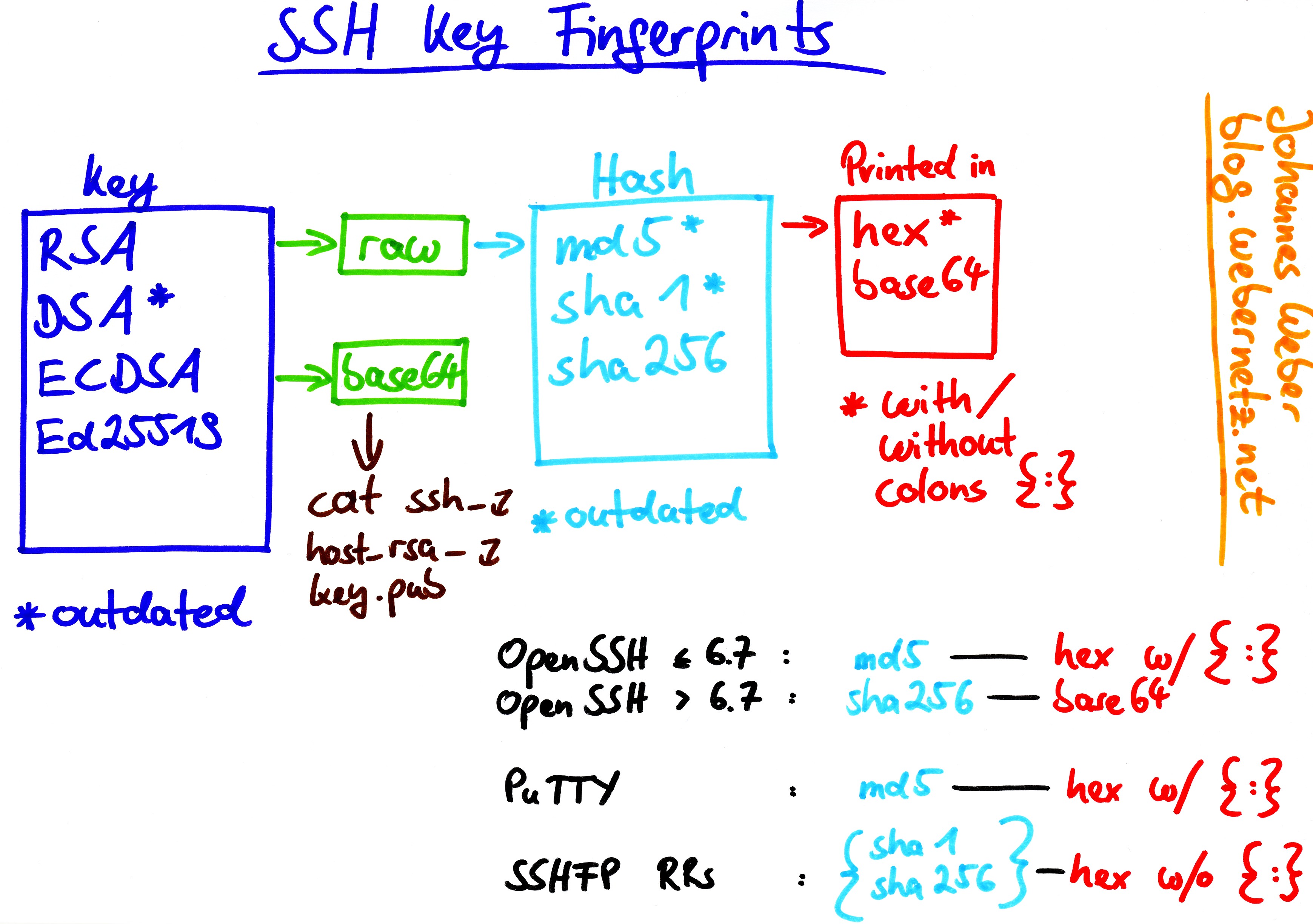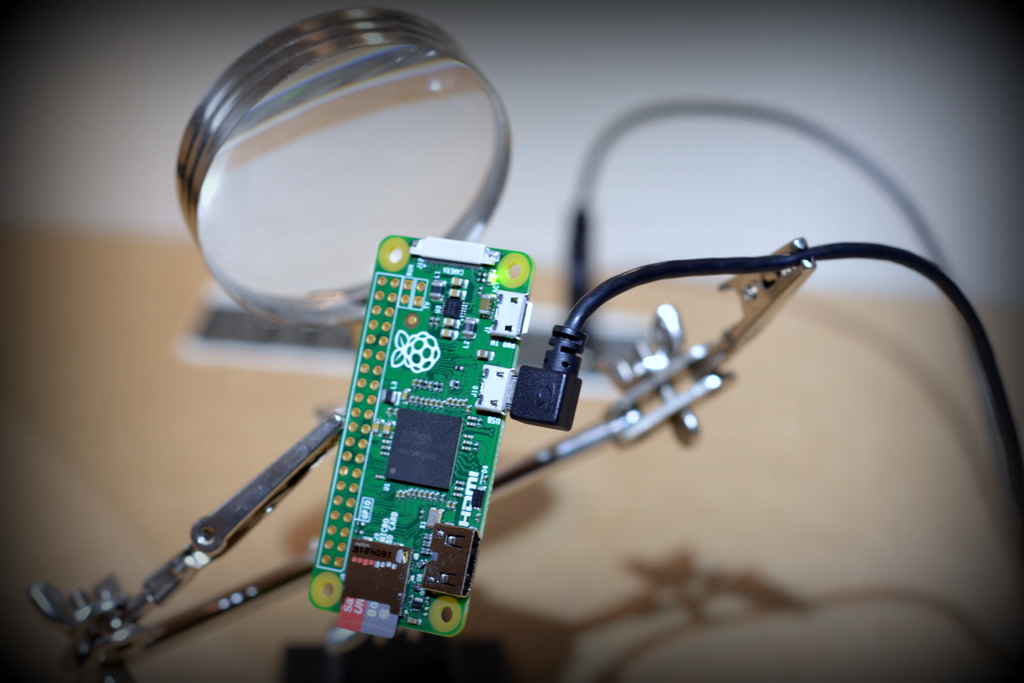Is your Raspberry Pi stubbornly refusing to connect to your RemoteIoT platform, leaving you staring blankly at error messages? Rest assured, you're not alone, and more importantly, the solution is within your grasp. This deep dive tackles the frustrating issue of SSH keys refusing to cooperate, providing a comprehensive roadmap to restore secure access and regain control over your IoT devices.
The inability to establish a secure shell connection can be a major roadblock, especially when dealing with remote devices crucial to your projects or infrastructure. Whether you're a seasoned engineer managing a fleet of connected sensors, a system administrator ensuring the security of your network, or an enthusiastic hobbyist exploring the vast potential of the Internet of Things, understanding and resolving SSH key problems is essential for maintaining a seamless and secure workflow. The good news is that most SSH key issues stem from a handful of identifiable causes, and armed with the right knowledge, you can quickly diagnose and fix the problem.
| RemoteIoT Platform SSH Key Troubleshooting Guide | |
|---|---|
| Topic | RemoteIoT Platform SSH Key Issues on Raspberry Pi |
| Problem | SSH Key not working, preventing remote access to Raspberry Pi |
| Common Causes |
|
| Troubleshooting Steps |
|
| Tools |
|
| References |
|
- True Crime Obsessed Serial Killer Podcasts Shows Explored
- Rice House Kc Your Guide To Delicious Chinese Food In Kansas City


